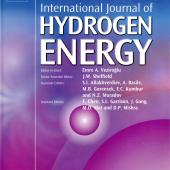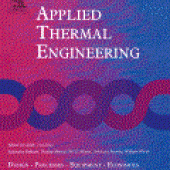Effect of the turbulence intensity on knocking tendency in a SI engine with high compression ratio using biogas and blends with natural gas, propane and hydrogen
This research presents the test results carried out in a diesel engine converted to spark ignition (SI) using gaseous fuels, applying a geometry change of the pistons combustion chamber (GCPCC) to increase the turbulence intensity during the combustion process; with similar compression ratio (CR) of the original diesel engine; the increase in turbulence intensity was planned to rise turbulent flame speed of biogas, to compensate its low laminar flame speed.





